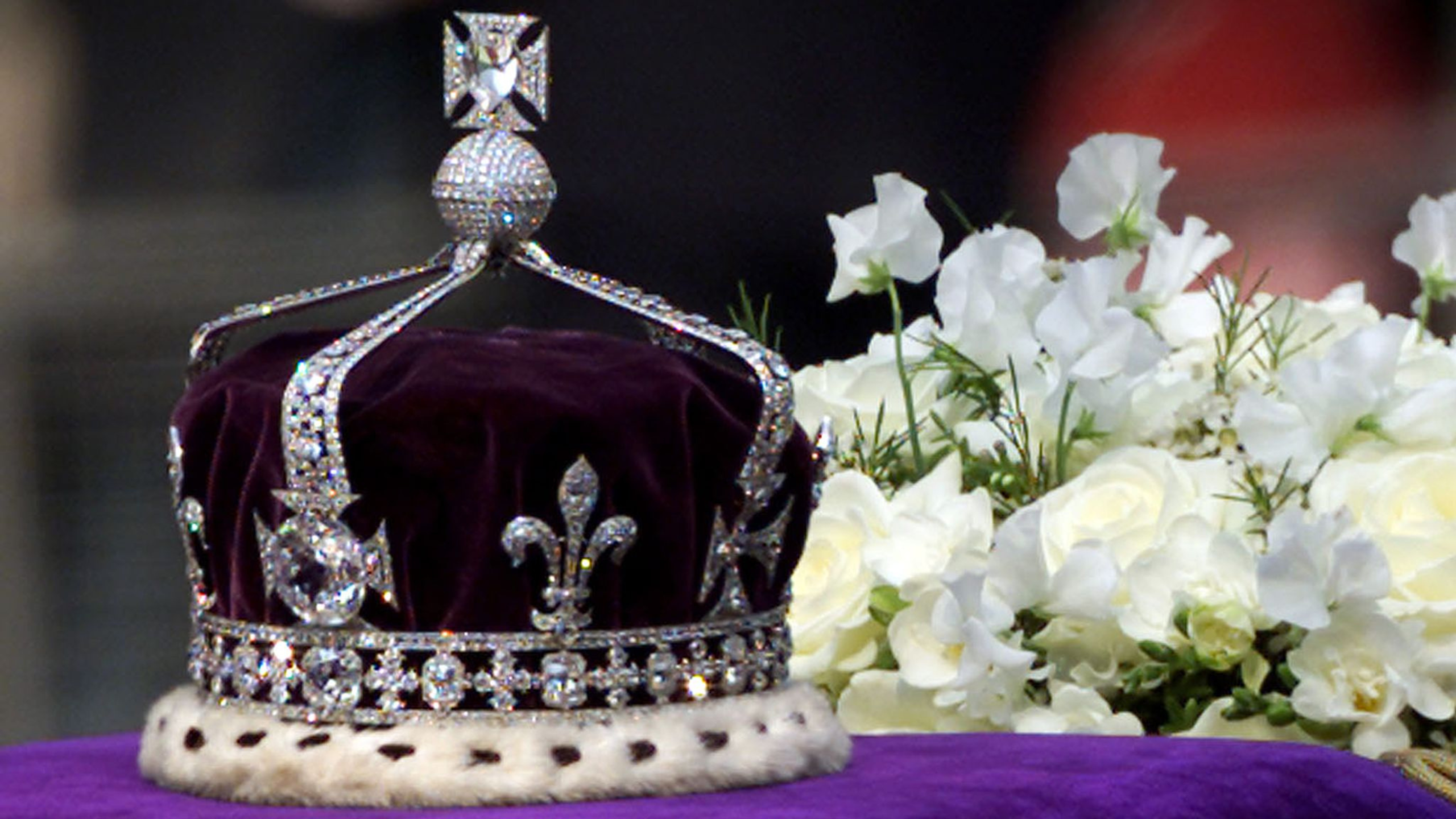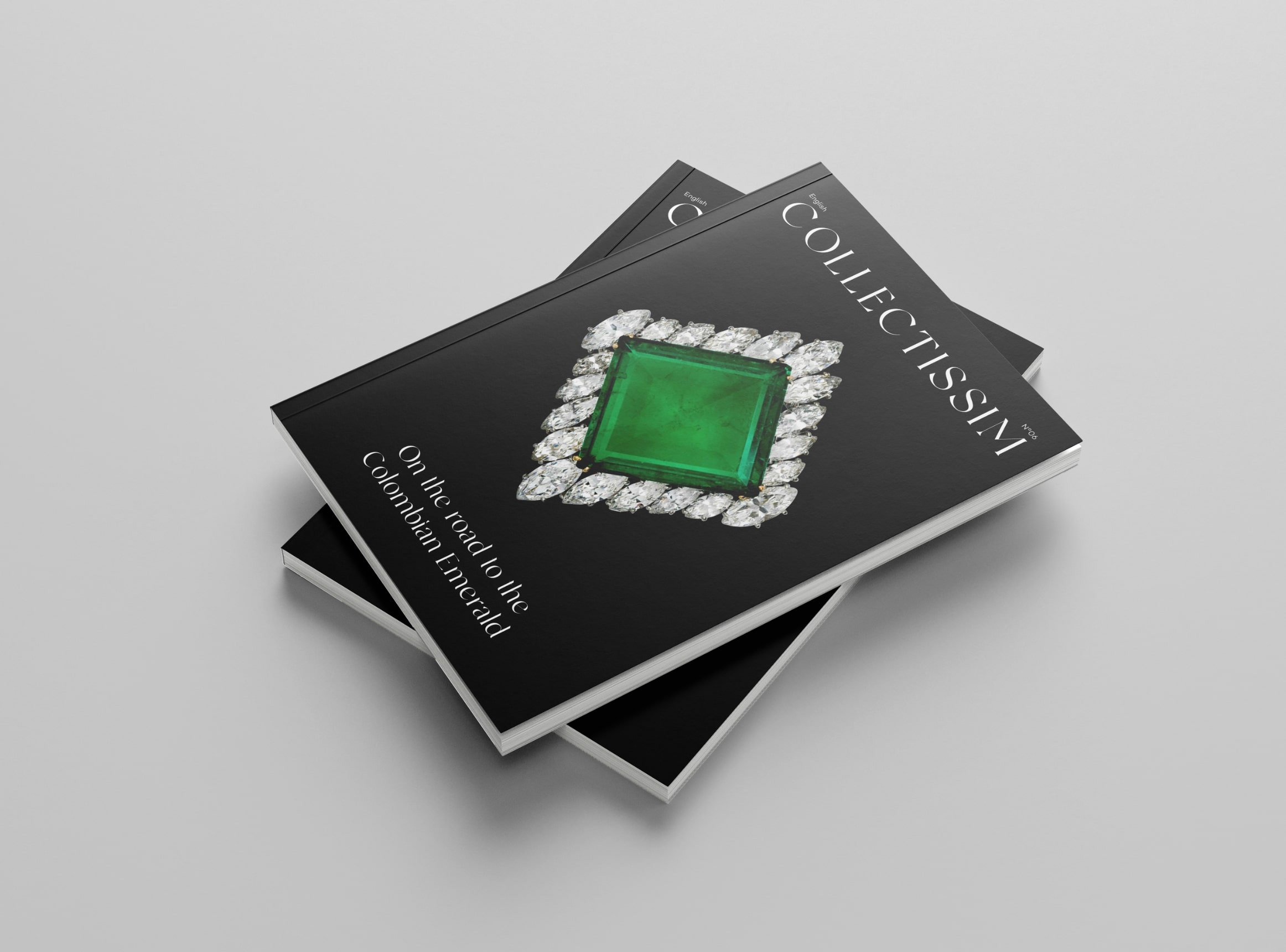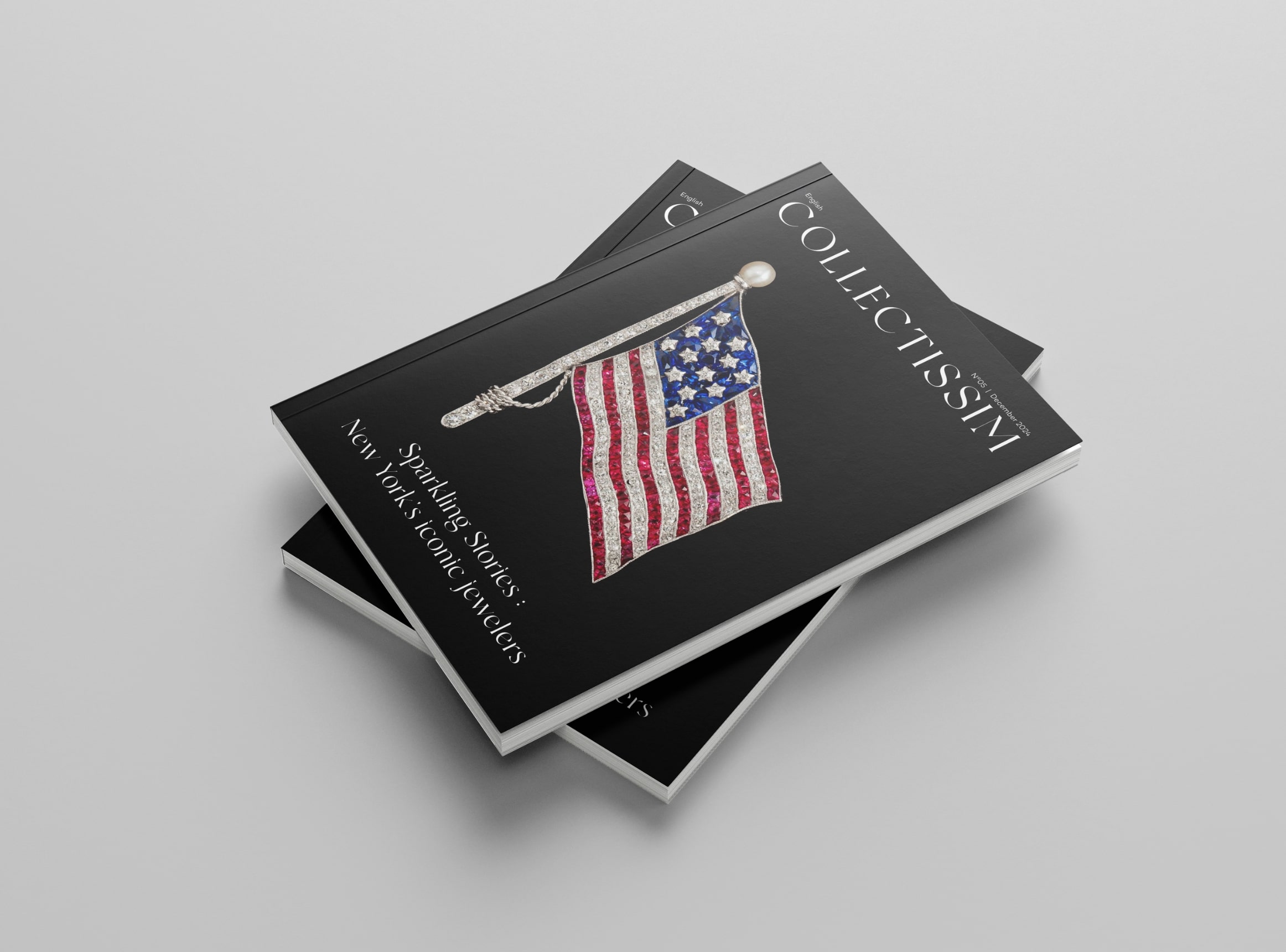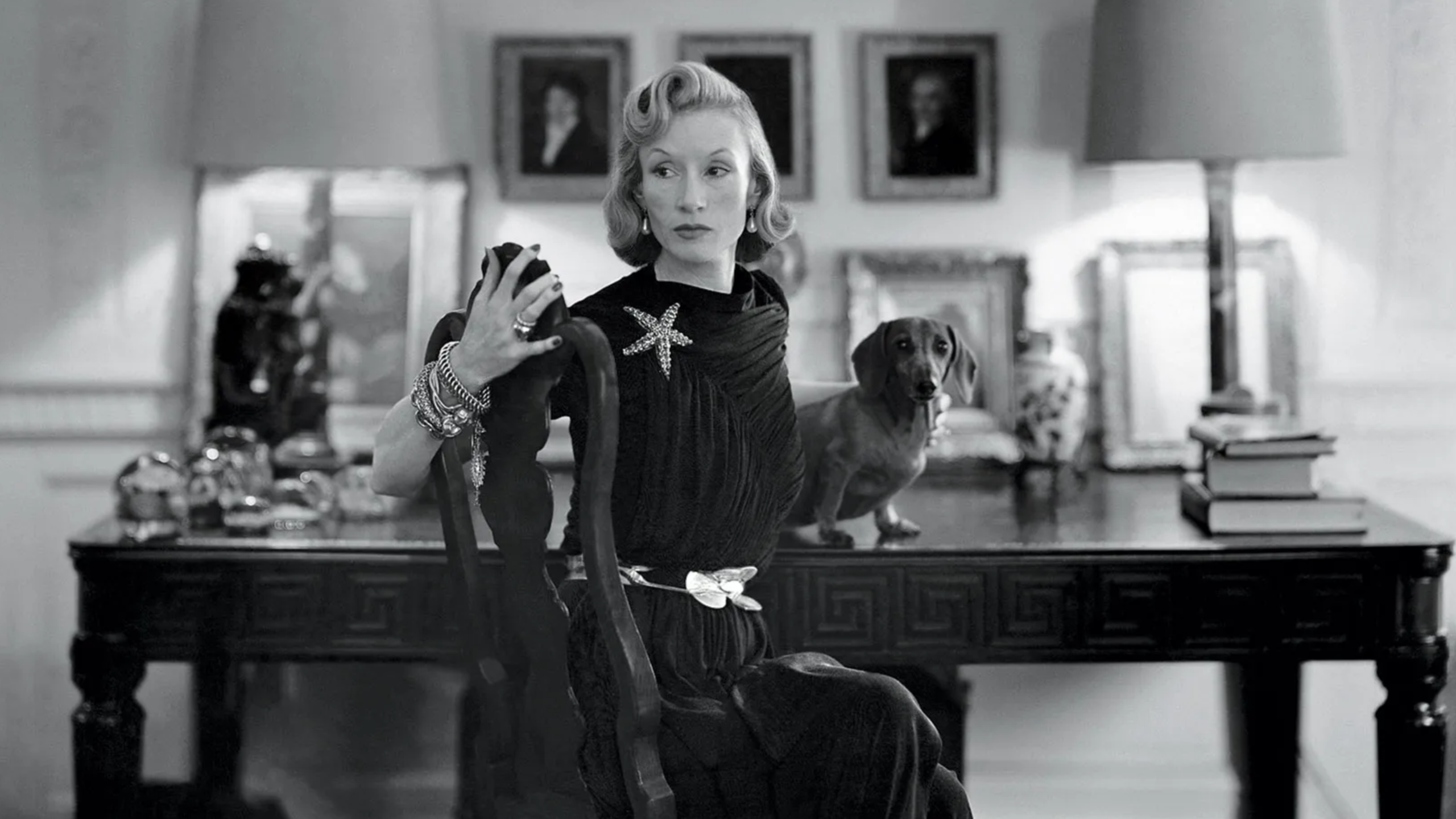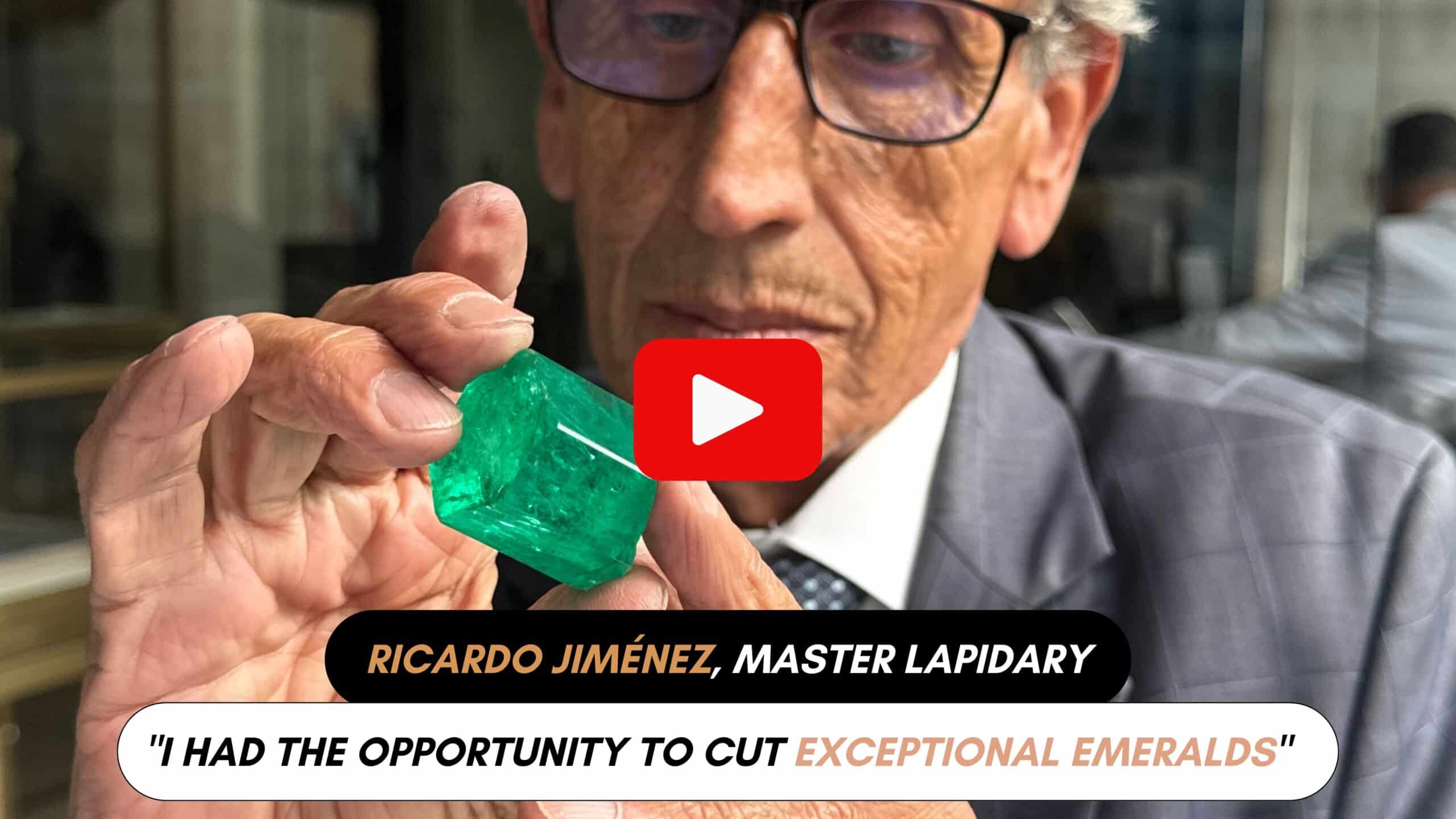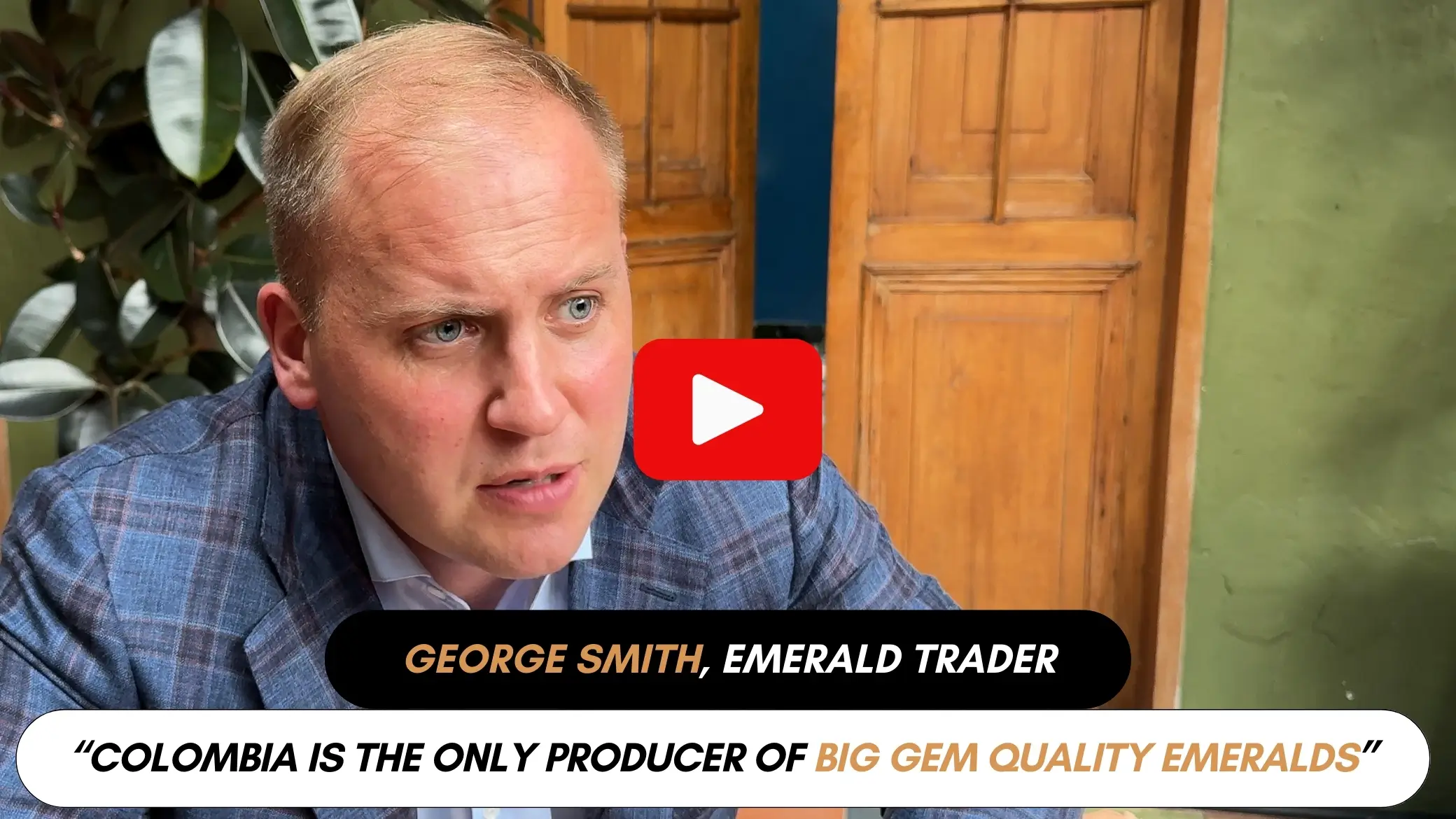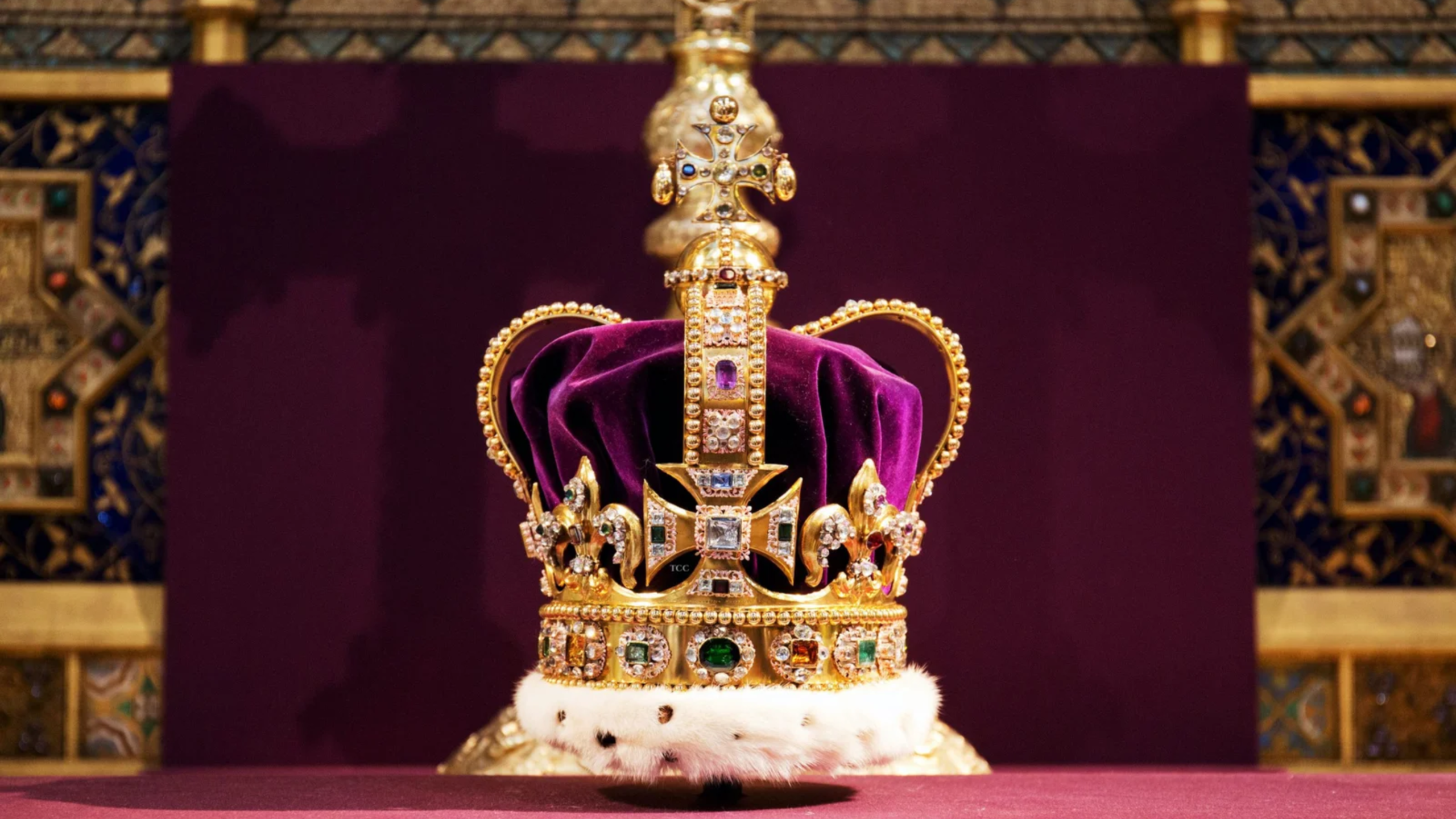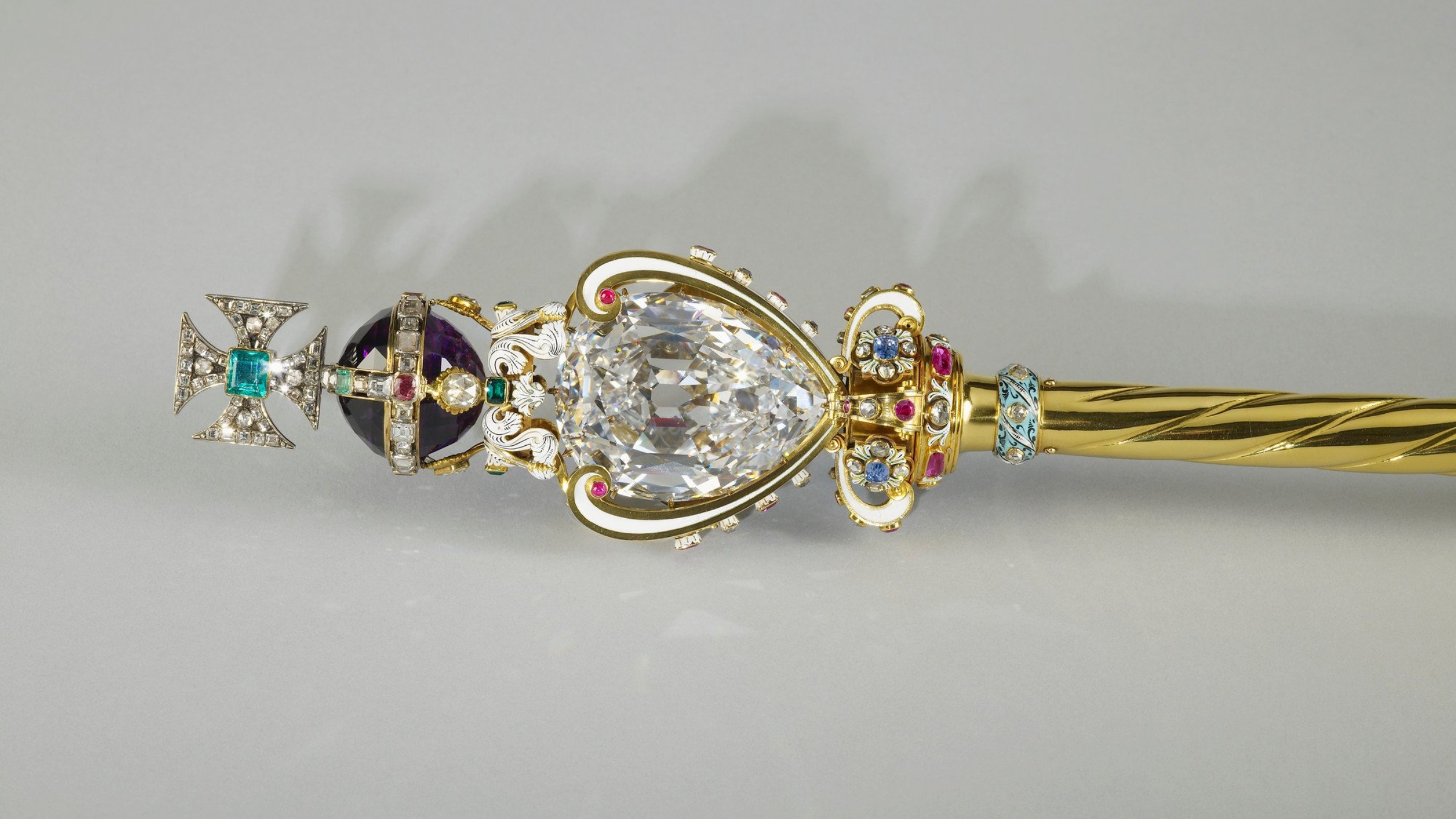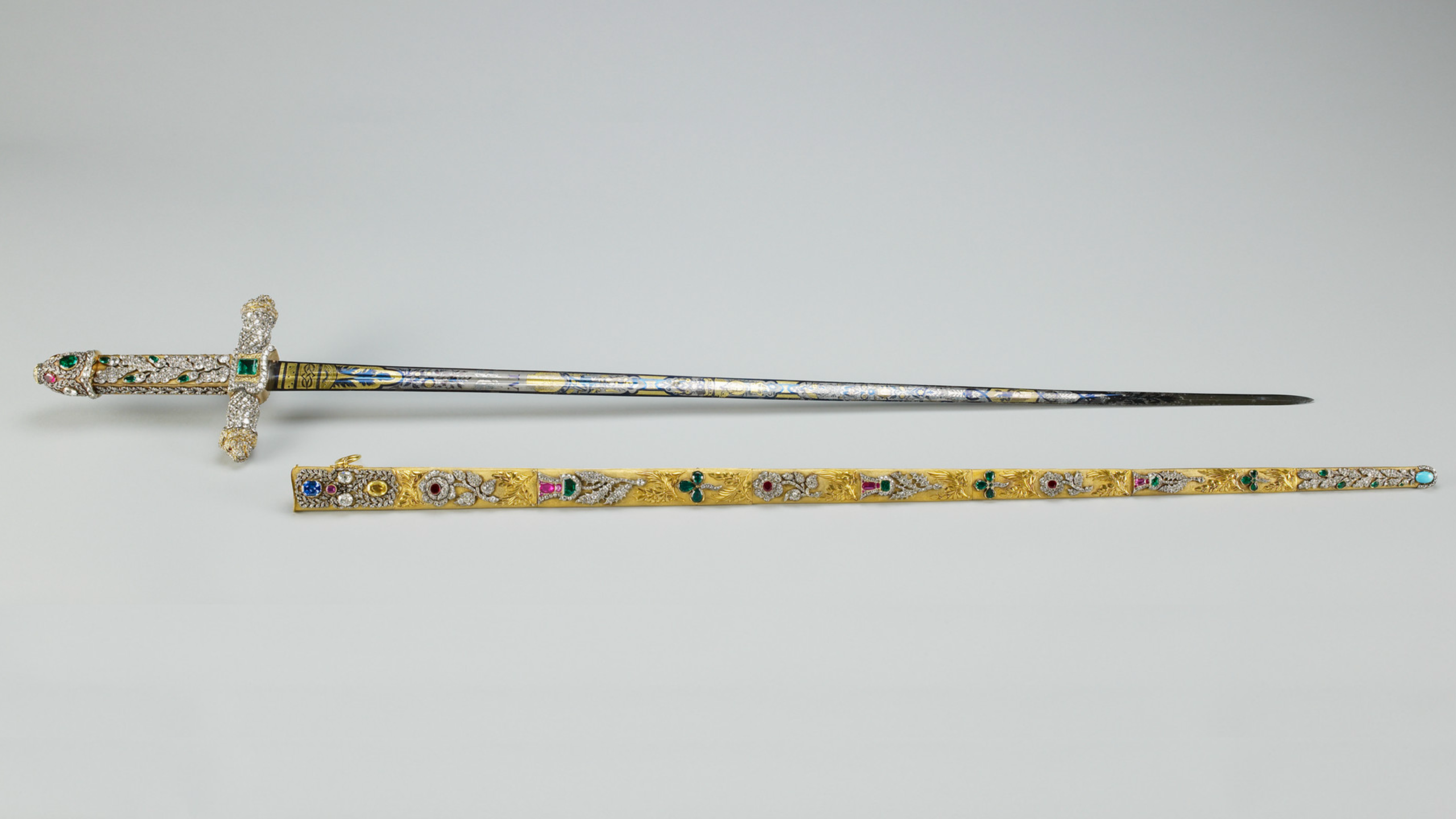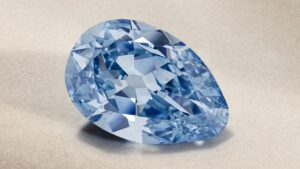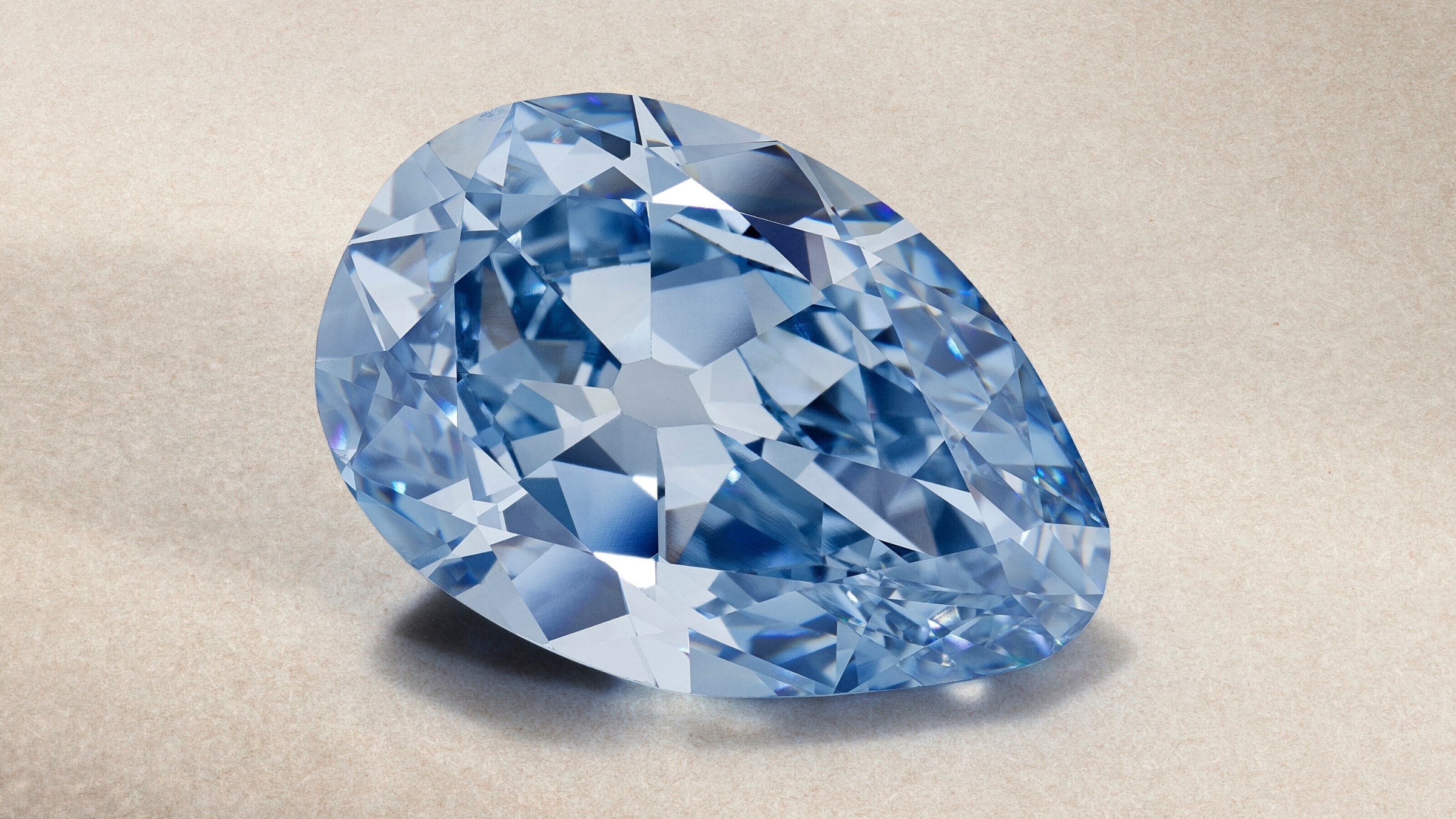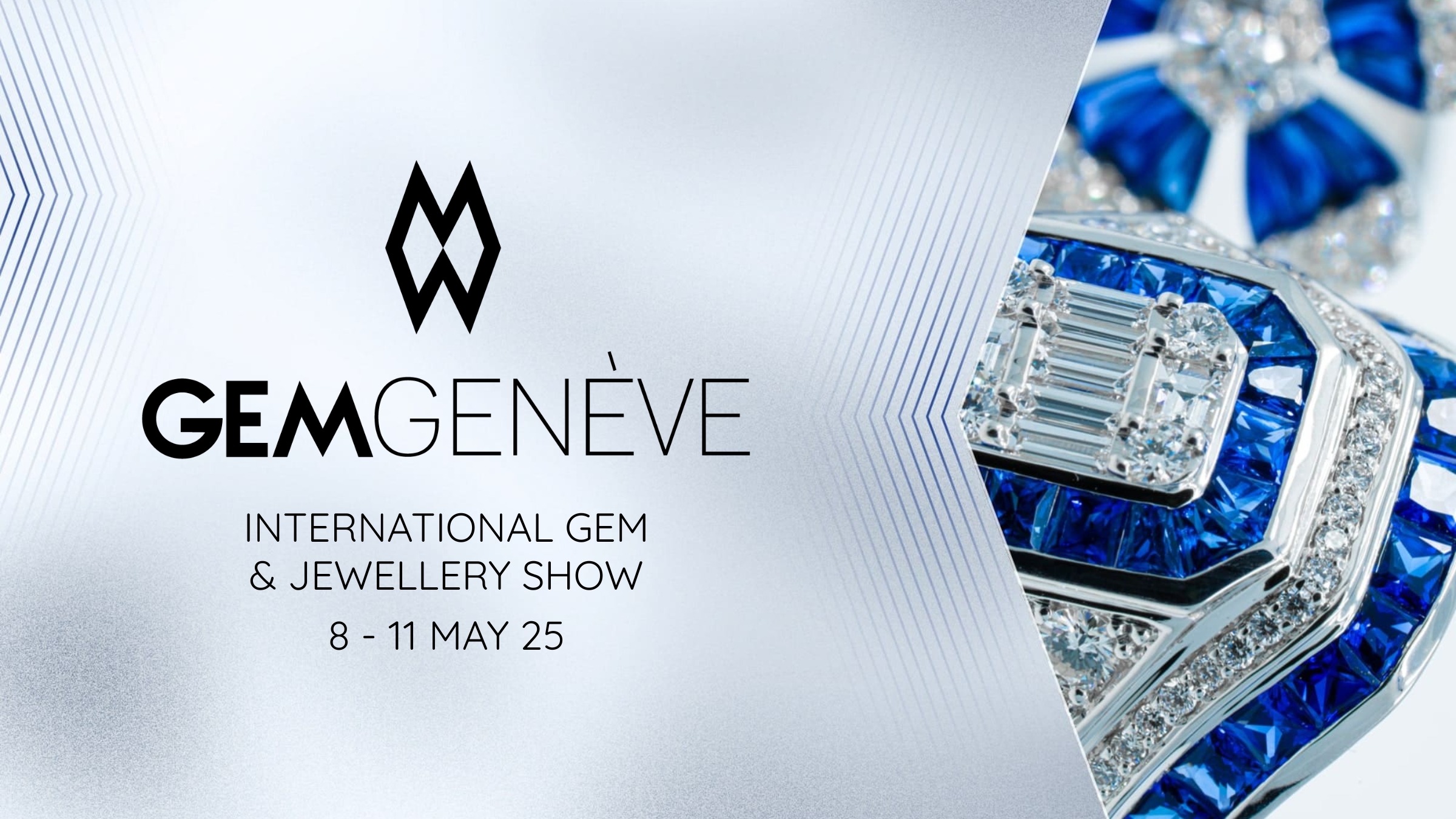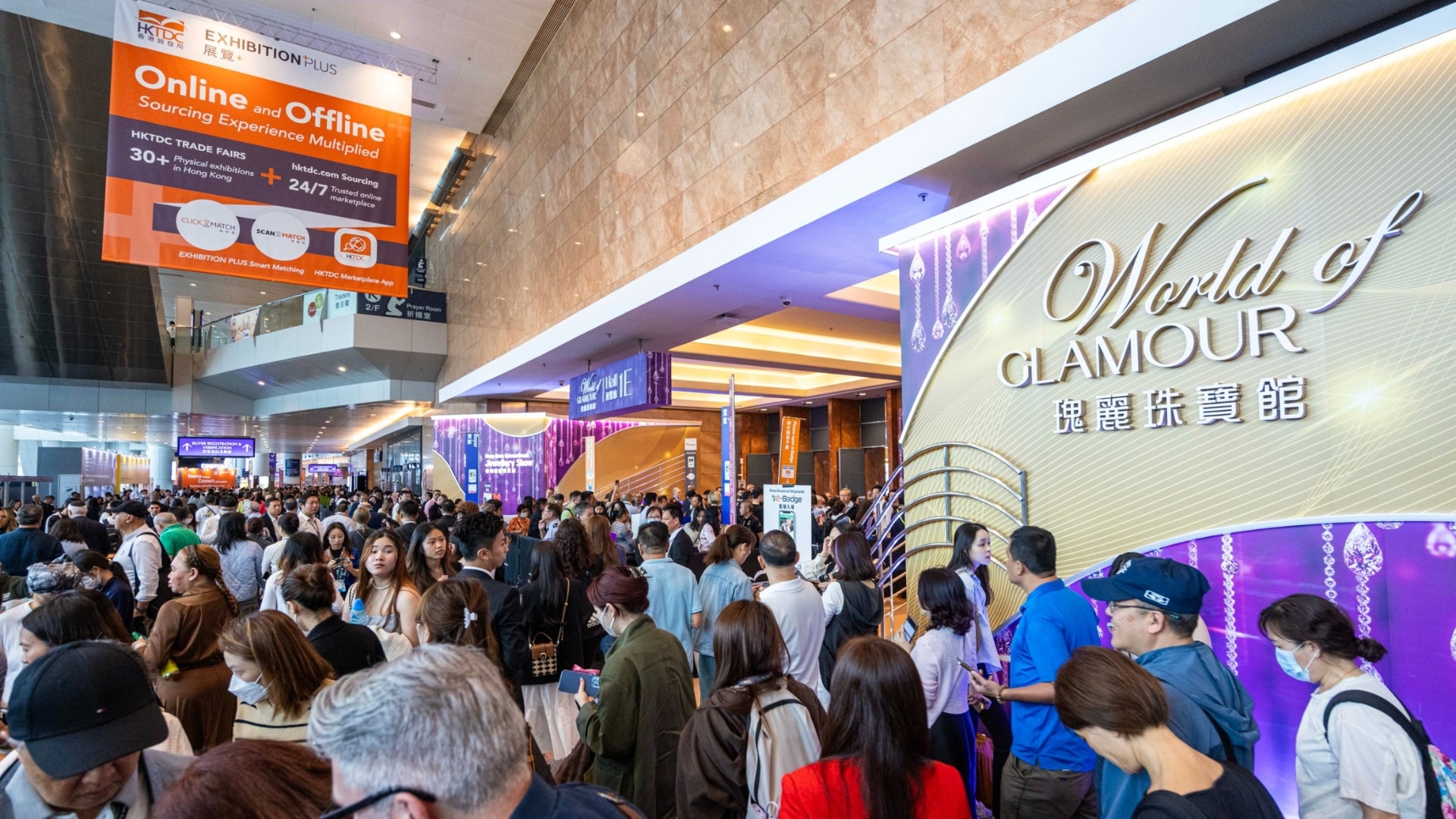After an article on the jewels of Elizabeth II, it also seemed interesting to me to rediscover the main pieces that make up the British Crown treasure kept in the London Tower. Considered the largest and most valuable collection of jewelry in the world, it notably includes two of the largest diamonds: the Cullinan and the Koh-I-Noor. Focus on some exceptional pieces from the British Crown Jewels.
British Crown Jewels: Imperial State Crown
Surely the most famous, the Imperial State Crown or Imperial Ceremonial Crown was made in 1937 for the coronation of George VI by Maison Garrard & Co. On a base are fixed four “pattée” crosses alternately with four “fleur-de-lys”. The interior is lined with a velvet cap hemmed with an ermine border. The crown is adorned with 2868 diamonds, 273 pearls, 17 sapphires, 11 emeralds and 5 rubies including the Saint Edward sapphire, the no less famous Black Prince ruby (which is in fact a spinel) as well as the Cullinan II diamond and the Stuarts sapphire. The total weight of the set is around 900 grams, which requires some strength in the neck, as Queen Elizabeth II testifies.
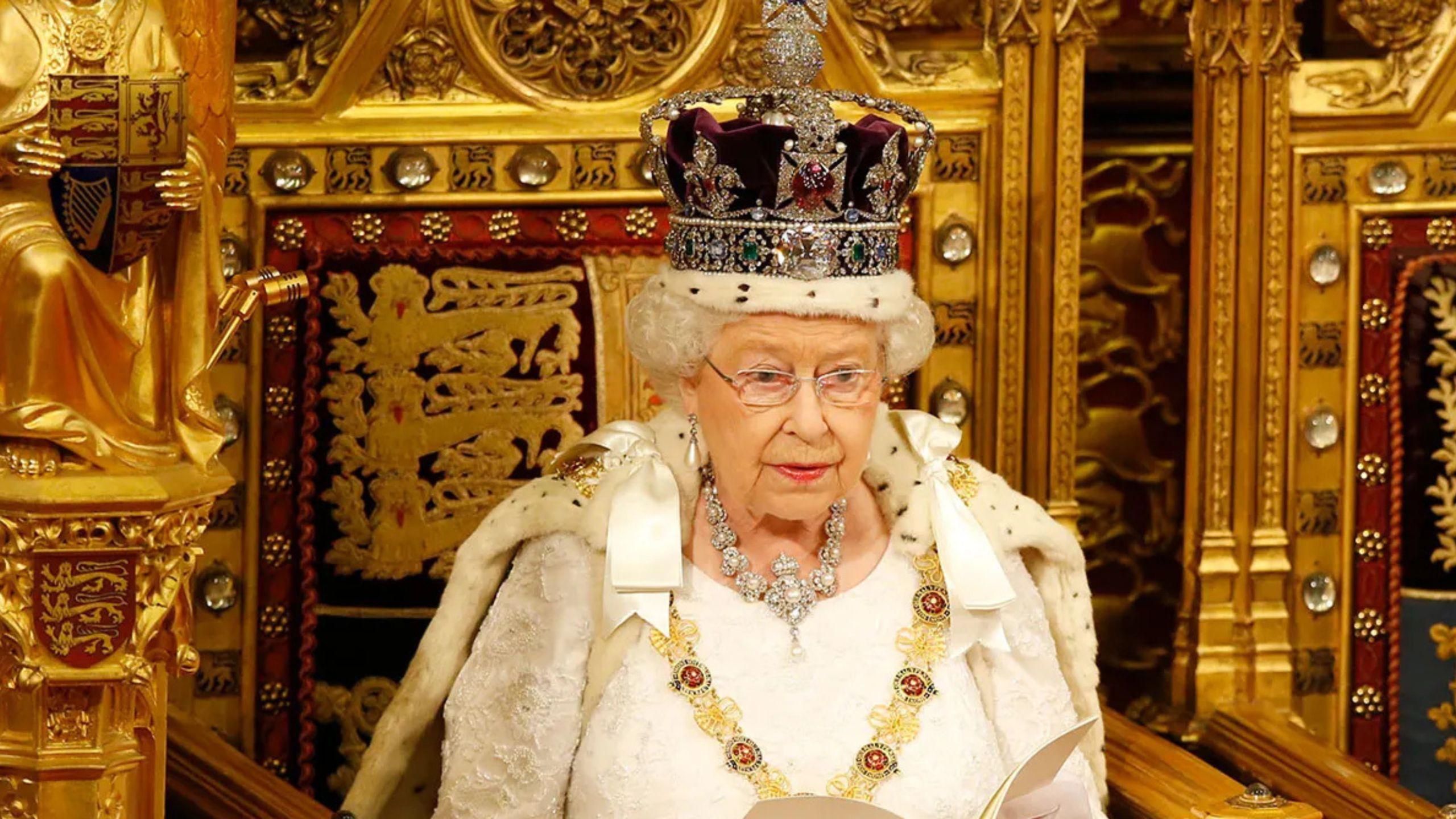
British Crown Jewels: Saint Edward Crown
Similar in design to the Imperial State crown, St Edward’s Crown has been used for the coronation of British sovereigns since Edward the Confessor in 1042. Obviously the current crown is a replica of the original destroyed in 1661 by Cromwell. The crown of St Edward has a cross “pattée” and “fleur-de-lys” structure in solid gold decorated with tourmalines, white and yellow topazes, rubies, amethysts, sapphires, garnet, peridot, zircons, spinels, aquamarines and mounted in enameled gold collars. With a velvet hat hemmed with a band of ermine. The whole surmounted by a globus cruciger and a “pattée” cross.
British Crown Jewels: George IV State diadem
Made in 1820 for the George IV coronation, it is made up of “pattée” crosses adorned with diamonds on a base of pearls and diamonds. This crown was subsequently used by subsequent sovereigns in the ceremonies to open Parliament. Much lighter than ceremonial crowns, it appears much more often during official ceremonies.
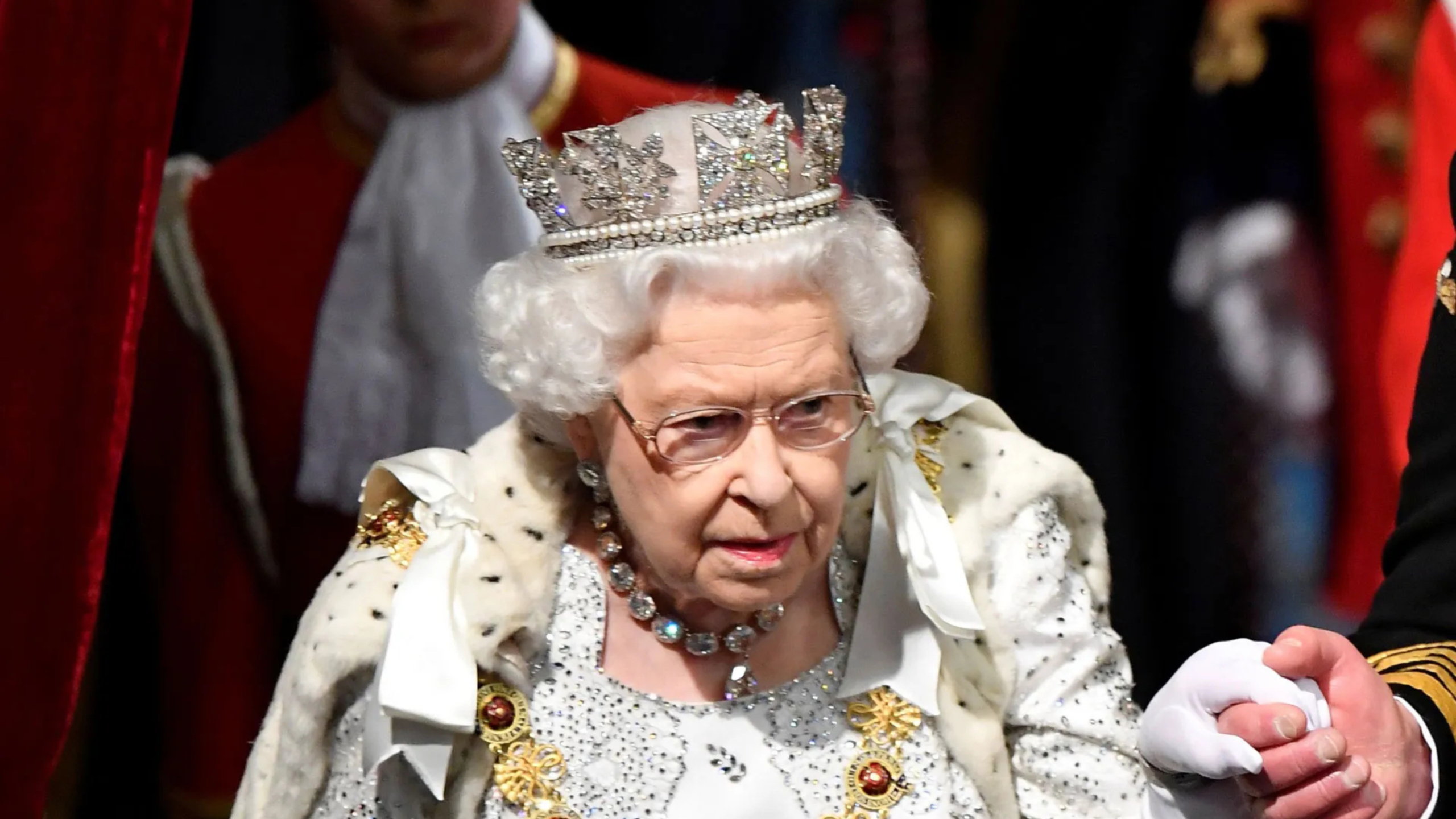
British Crown Jewels: Sovereign Sceptre with cross
The scepter with the cross or scepter of the sovereign created in 1661 for the coronation of Charles II, has since been part of the essential insignia of the coronation. Measuring 92 centimeters, the scepter is in gold decorated with 333 diamonds, 31 rubies, 15 emeralds, 7 sapphires, 6 spinels and an amethyst. It was modified in 1901 to accommodate the largest cut diamond in the world (at the time) : the Cullinan (530 carats) cut by Joseph Asscher. Above the diamond is the amethyst surmounted by a cross “pattée” encrusted with an emerald and small diamonds.
The Jeweled Sword of Offering
This sumptuous sword was forged for the coronation of George IV. The precious stones encrusted on the gold scabbard form the emblems of the nations of the United Kingdom: the rose for England, the thistle for Scotland and the shamrock for Ireland. The blade is made of finely engraved damas steel. It is undoubtedly the most expensive edged weapon in the world.
The Sword of State
The Great Sword of State was made in 1678 for Charles II. Its gold handle forms a lion and a unicorn. The red velvet scabbard is decorated with various gold motifs such as thistles and fleur-de-lis.
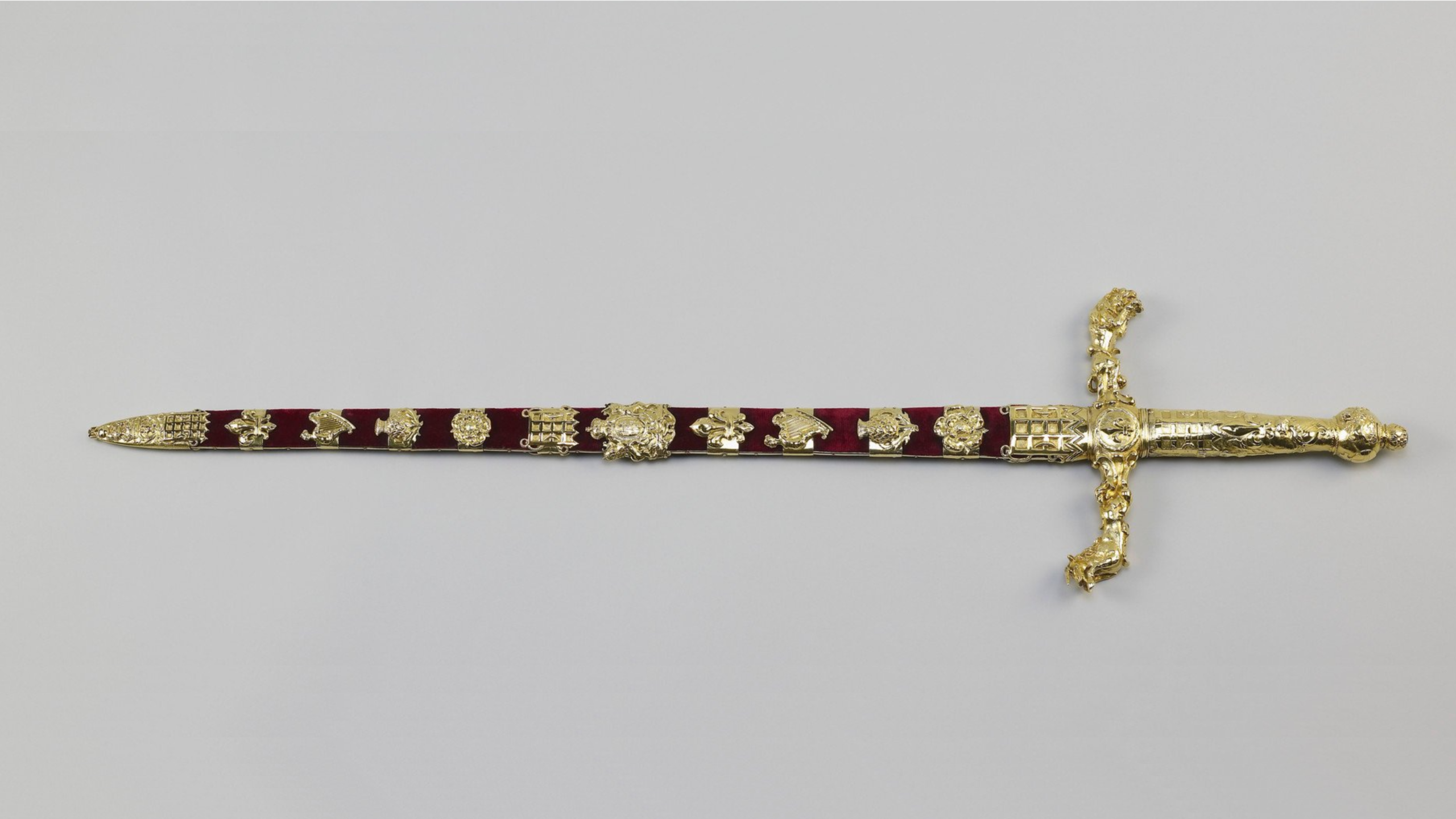
The Coronation Spoon
The Coronation Spoon is the oldest object in the British treasury as it is believed to have been made for the coronation of Henry II in 1154. In gold-plated silver and set with pearls it is used to anoint the monarch during the coronation ceremony.
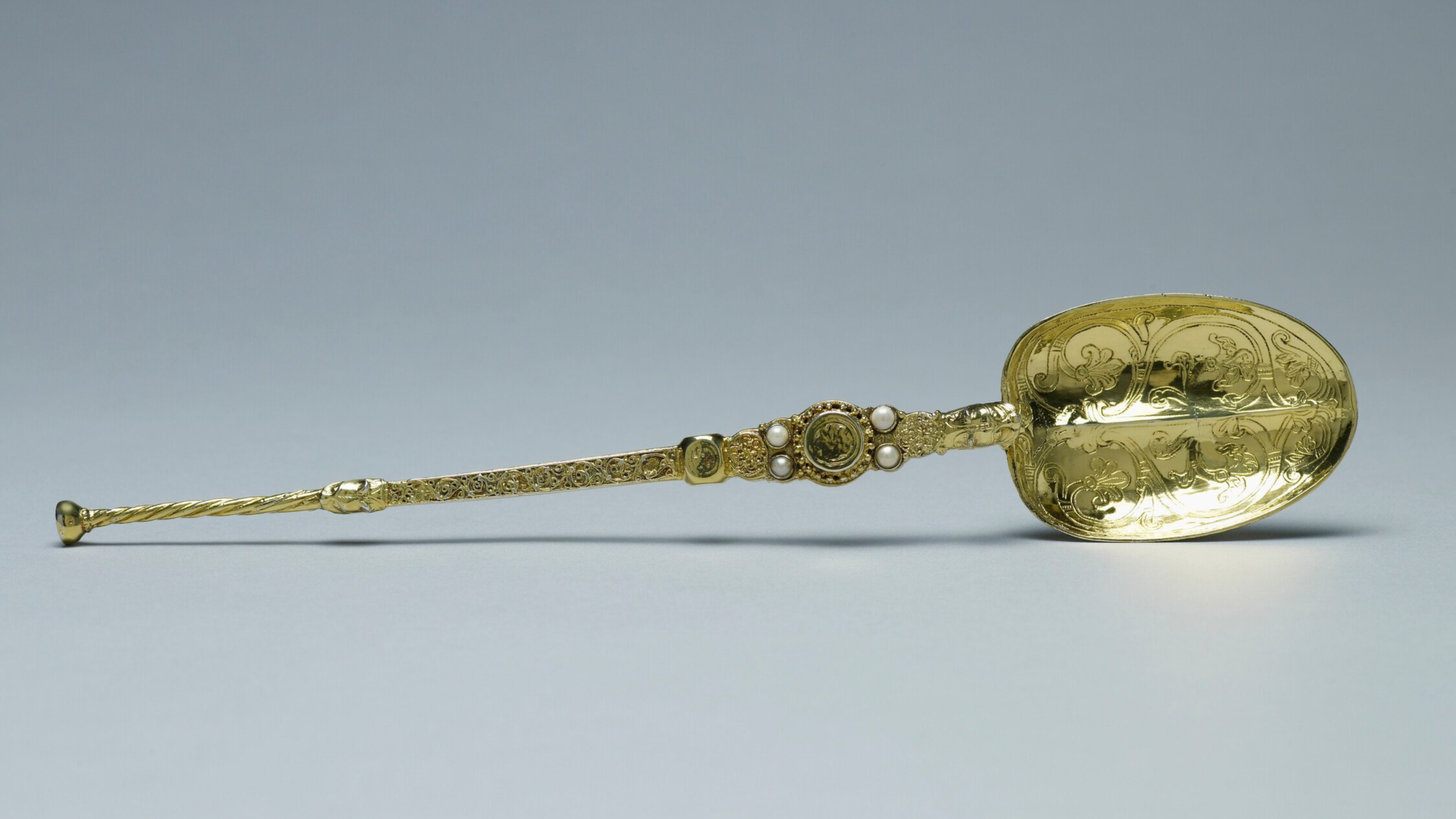
The Queen Alexandra Crown
This crown was made in 1937 for Queen Elizabeth, consort of King George VI, using many of the stones already in the collection… Its special feature is the famous Koh-I-Noor diamond, a 105-carat cut diamond of exceptional purity. The latter was presented to Queen Victoria in 1850 following its confiscation from Duliph Singh in India, hence the famous claims.
